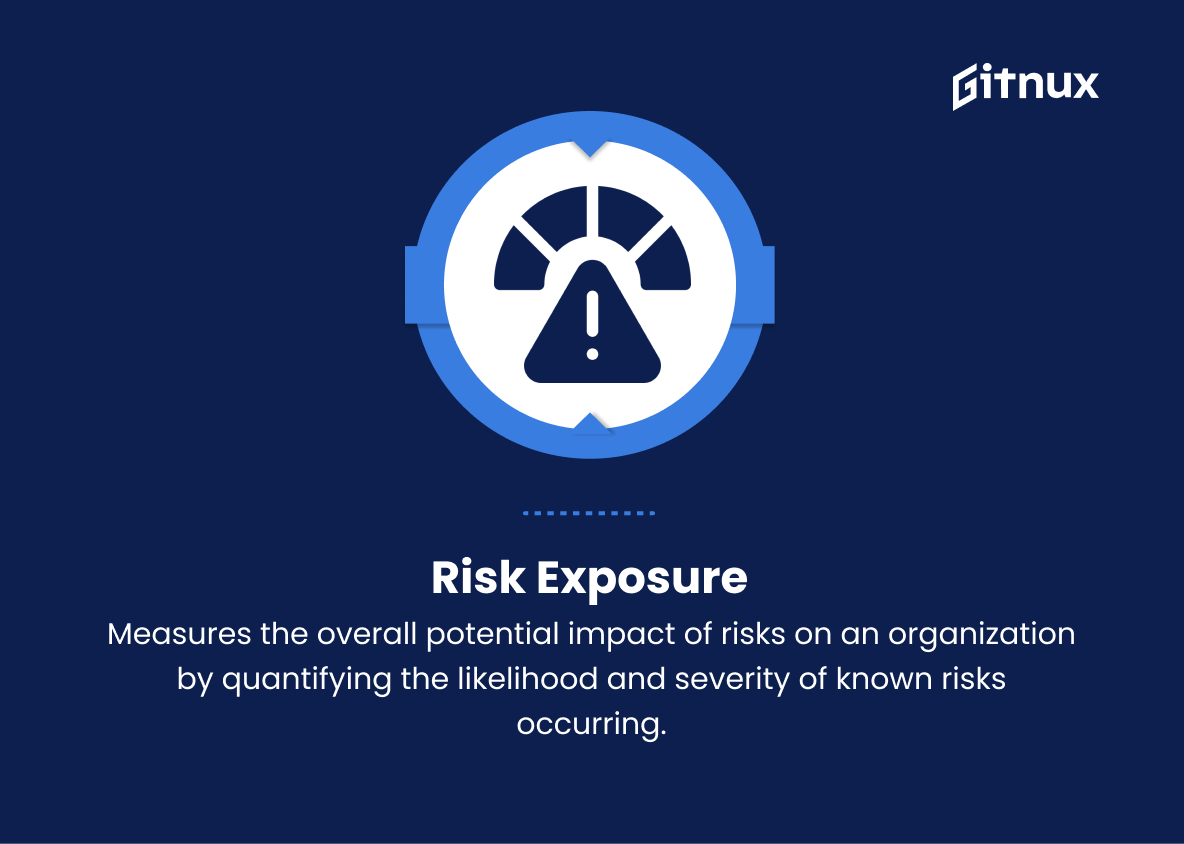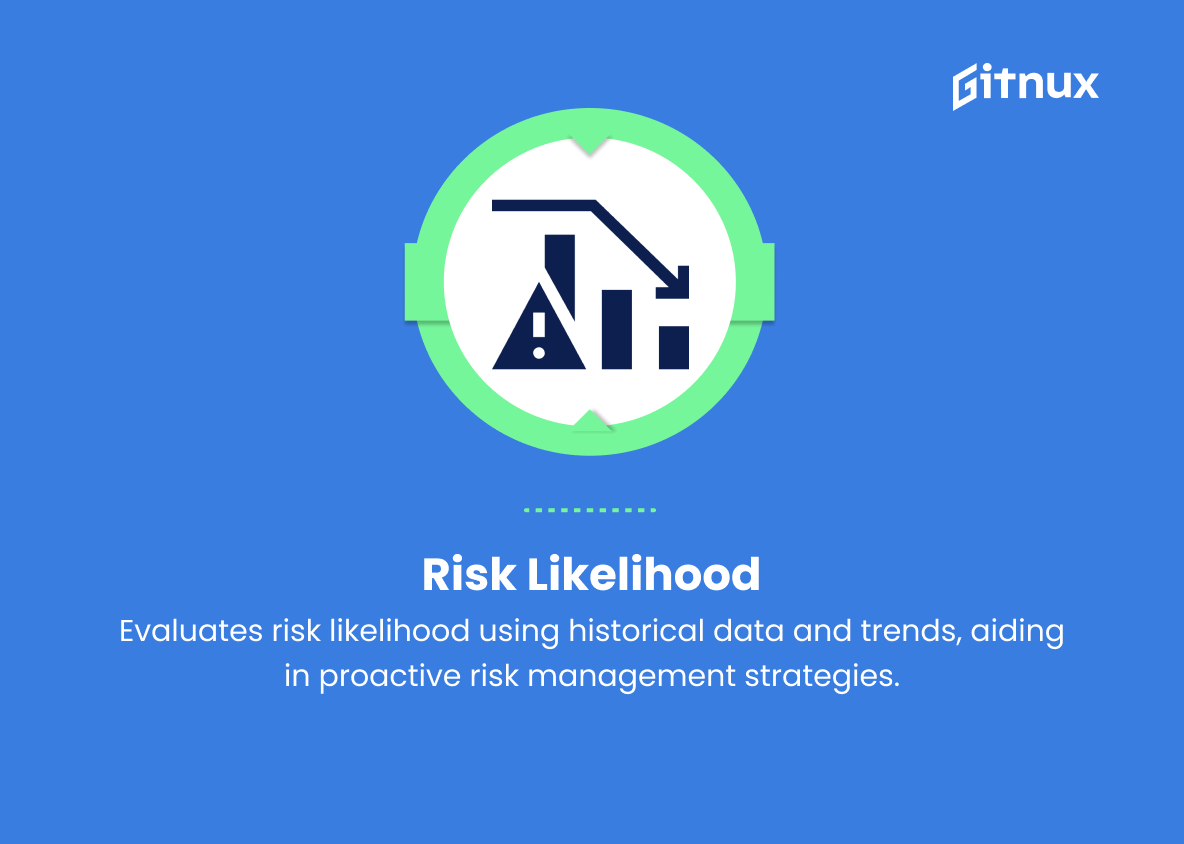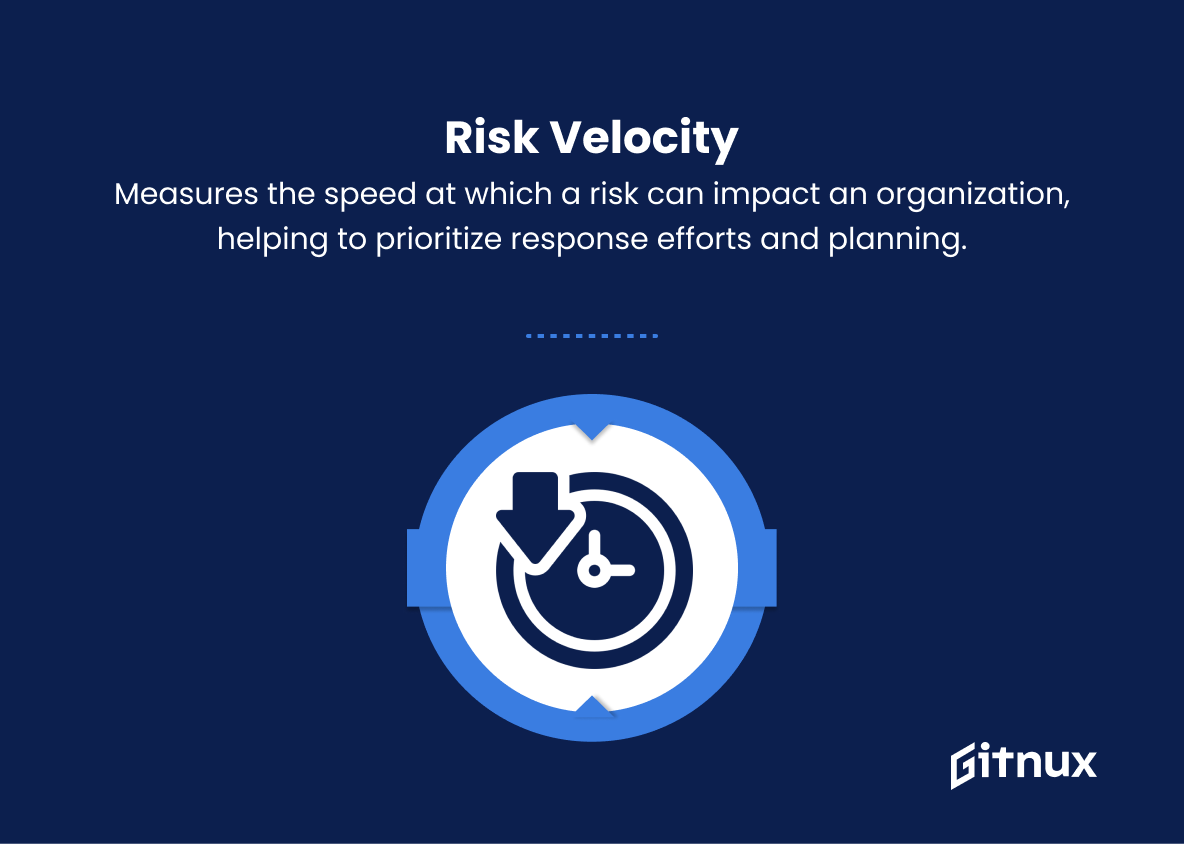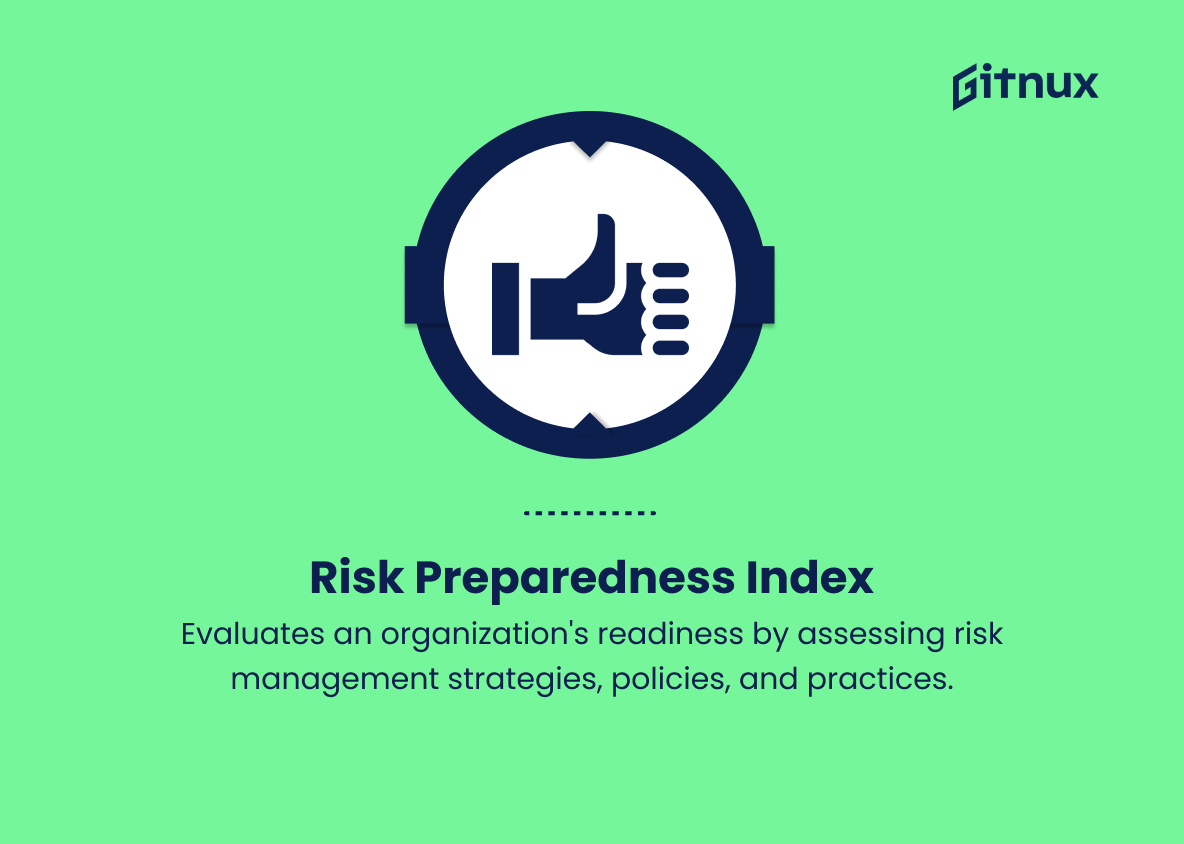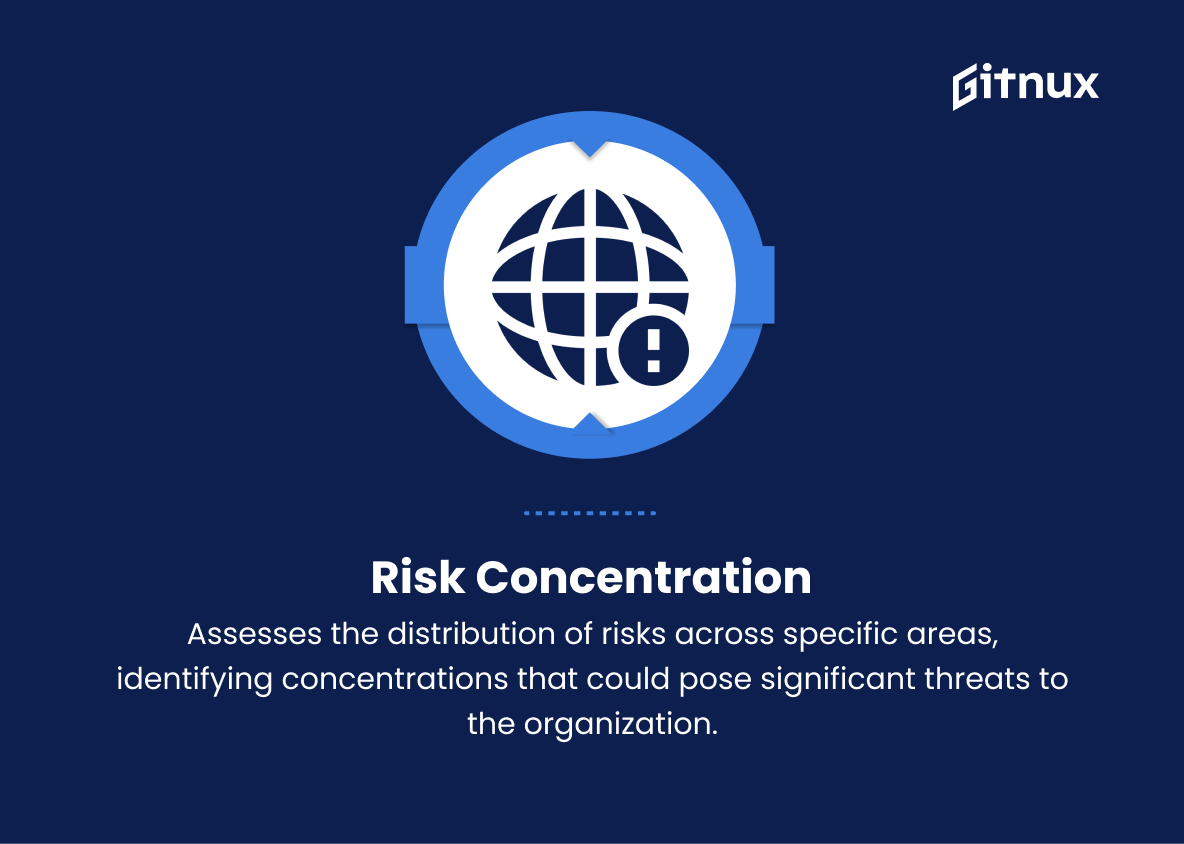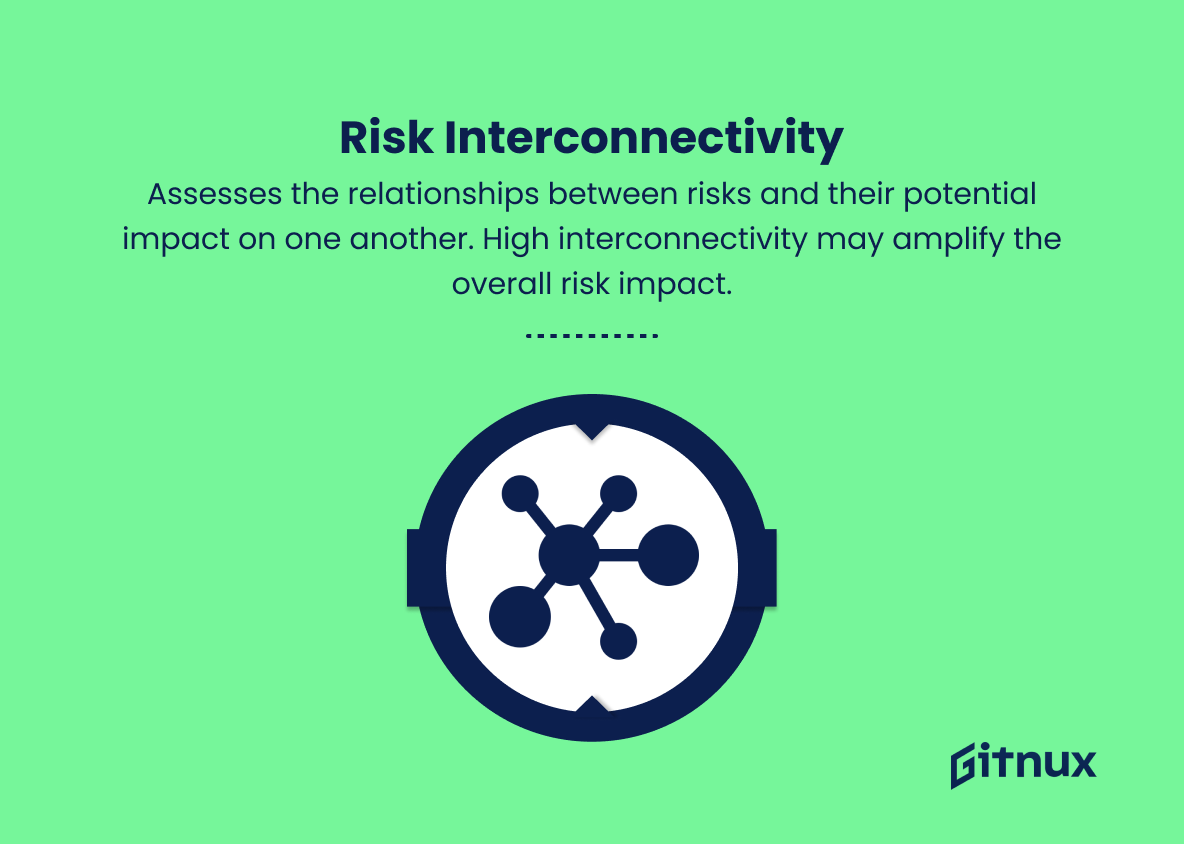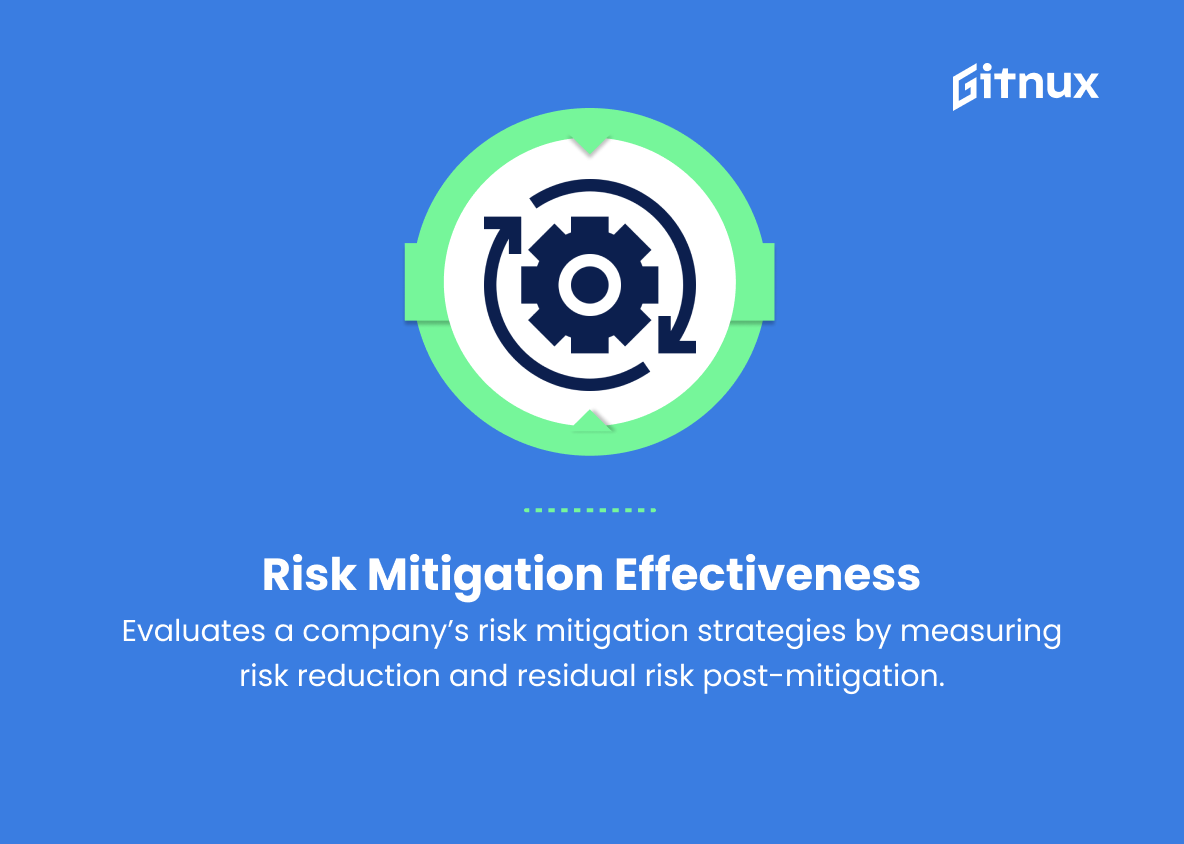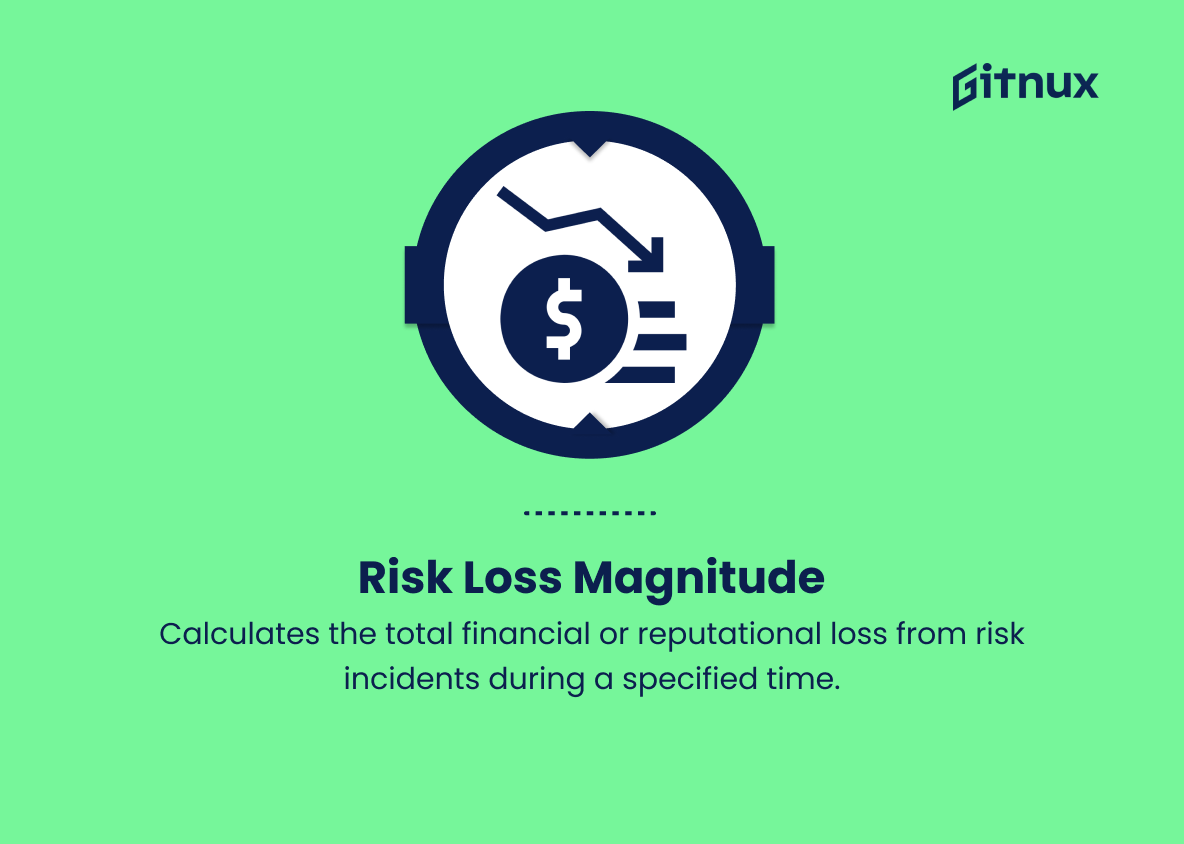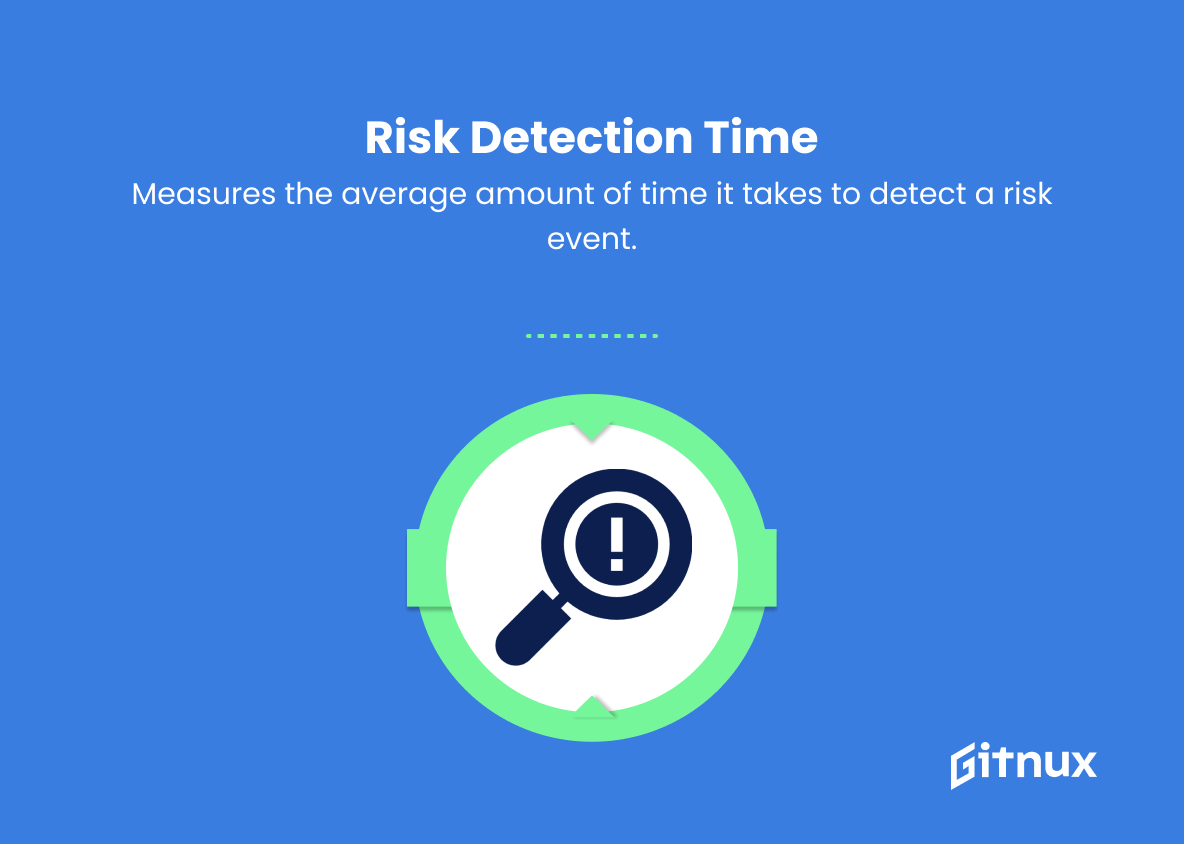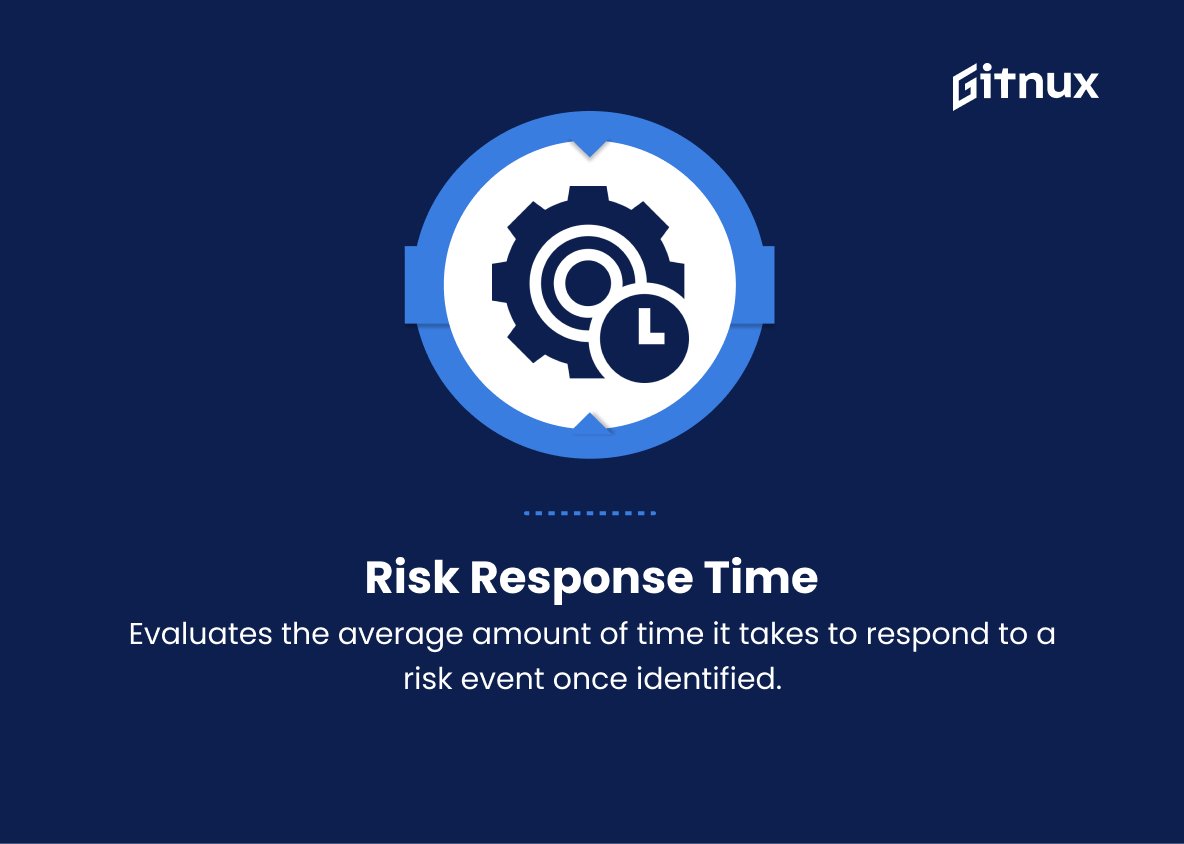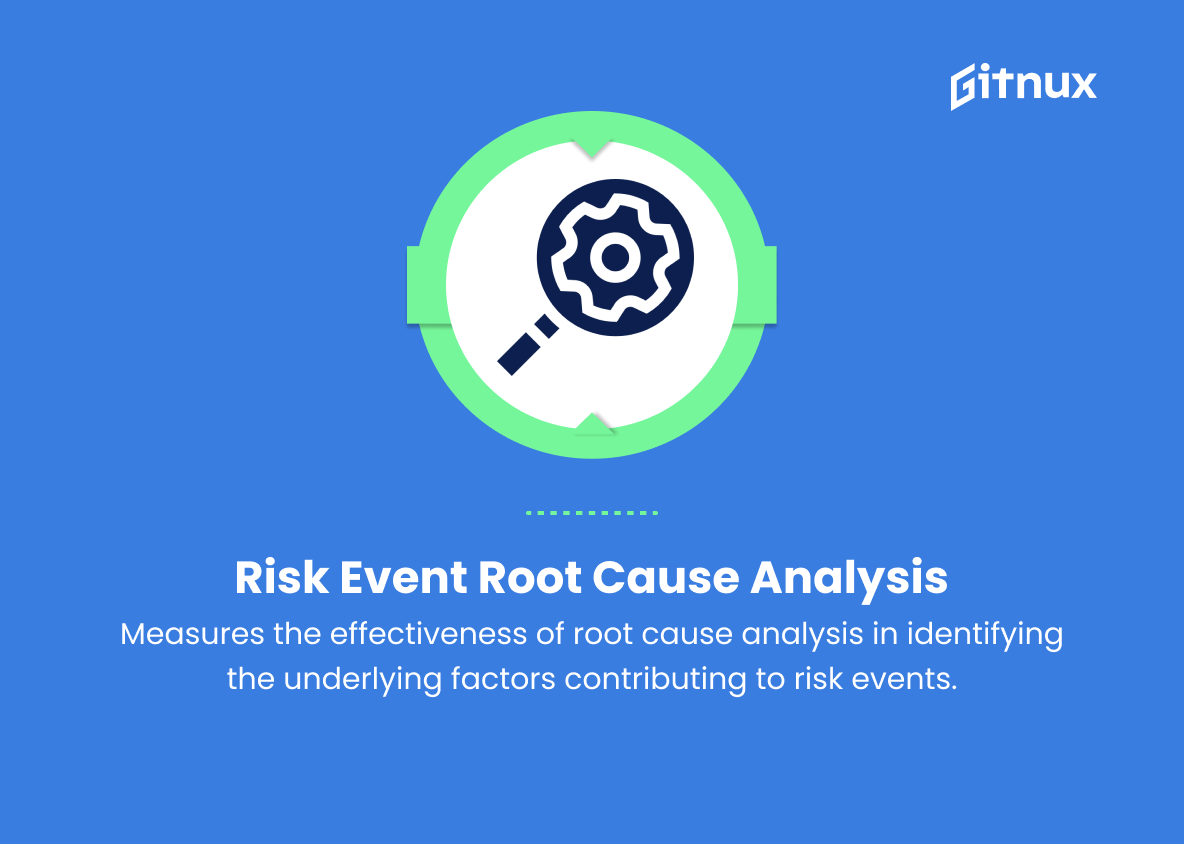In today’s fast-paced and complex business landscape, effectively managing and mitigating risks has become an essential aspect of long-term success. A key component to this strategy is the ability to accurately quantify and assess risk levels through the implementation of Risk Key Performance Indicators (KPIs). This crucial process allows organizations to set specific objectives, measure progress, and make informed decisions that minimize potential losses and safeguard future growth.
In this thought-provoking blog post, we will explore the fundamental importance of Risk KPIs, discuss various methodologies and types of indicators, and provide valuable insights to help you implement a comprehensive risk strategy, ensuring your organization’s ongoing stability, resilience, and prosperity.
Risk KPIs You Should Know
1. Risk Exposure
Measures the overall potential impact of risks on an organization by quantifying the likelihood and severity of known risks occurring.
2. Risk Severity
Evaluates the potential financial or reputational damage each risk may cause to an organization.
Risk Velocity Measures the speed at which a risk can impact an organization
3. Risk Likelihood
Assesses the probability of a risk occurring, taking into account historical data, trends, and factors that may contribute to the risk’s occurrence.
4. Risk Velocity
Measures the speed at which a risk can impact an organization, helping to prioritize response efforts and planning.
5. Risk Preparedness Index
Evaluates the organization’s overall level of risk preparedness, by assessing risk management strategies, policies, and practices in place.
6. Risk Appetite
Reflects the amount and type of risk an organization is willing to accept in pursuit of its strategic objectives.
7. Risk Concentration
Measures the distribution of risks across particular areas, like departments, processes or geographies, to identify concentrations that may pose a greater threat to the organization.
8. Risk Interconnectivity
Assesses the relationships between risks and their potential impact on one another. A high level of interconnectivity may exacerbate the overall risk impact.
9. Risk Mitigation Effectiveness
Evaluates the effectiveness of a company’s risk mitigation strategies, by measuring risk reduction and residual risk post-mitigation.
10. Risk Incident Frequency
Measures the number of risk incidents over a specific time period.
Risk Loss Magnitude calculates the total financial or reputational loss from risk incidents during a specified time.11. Risk Loss Magnitude
Calculates the total financial or reputational loss from risk incidents during a specified time.
12. Risk Detection Time
Measures the average amount of time it takes to detect a risk event.
13. Risk Response Time
Evaluates the average amount of time it takes to respond to a risk event once identified.
14. Risk Management Cost
Assesses the total cost of risk management efforts, budget, and resources.
15. Risk Event Root Cause Analysis
Measures the effectiveness of root cause analysis in identifying the underlying factors contributing to risk events.
16. Risk Management Return on Investment
Evaluates the financial benefit of risk management efforts by comparing risk reduction and mitigation cost savings to the total risk management cost.
17. Risk Compliance Index
Assesses an organization’s level of compliance with regulatory requirements, industry standards, or internal policies surrounding risk management.
18. Risk Awareness Index
Measures the organization’s awareness and understanding of risk, often derived from employee surveys, tests, or involvement in risk-related training.
19. Risk Scenario Analysis
Evaluates the organization’s ability to identify and manage potential risk scenarios, such as natural disasters or industry disruptions.
20. Risk Management Maturity
Assesses the organization’s overall maturity in its risk management practices, using a standardized risk management maturity model.
Risk KPIs Explained
Risk KPIs play a vital role in assessing and mitigating the various risks an organization may face. They help organizations to quantify the potential impact of risks, evaluate their severity, and determine their likelihood and velocity. Through this process, companies can assess their risk preparedness by examining the effectiveness and efficiency of their risk management strategies, policies, and practices. Organizations can also gauge their risk appetite, concentration, and interconnectivity, which helps them better understand their risk profile and areas that require intervention.
These indicators also measure the frequency and magnitude of incidents, as well as the organization’s ability to detect, respond, and effectively address risks. By including metrics related to cost, return on investment, compliance, awareness, and scenario analysis, risk KPIs allow organizations to continuously refine and improve their risk management efforts. Finally, assessing the overall maturity of risk management enables companies to benchmark their practices against industry peers and adopt best practices to enhance their operational resilience and long-term success.
Conclusion
In summary, understanding and monitoring Risk KPIs is essential for organizations to effectively manage risks, preserve financial stability, and achieve overall business objectives. By identifying the most suitable Risk KPIs, companies can take appropriate and timely action to mitigate and respond to potential threats. Ultimately, incorporating these metrics into the organizational culture fosters a proactive risk management approach, allowing businesses to better navigate uncertainties in today’s complex global environment.
As you continue to optimize your risk management processes, ensure that your organization’s Risk KPIs align with your specific industry, risk profile, and long-term goals, fostering a robust and resilient path toward continued growth and success.
